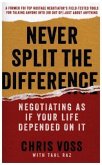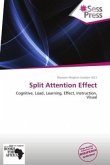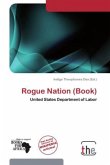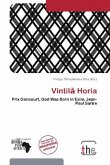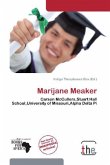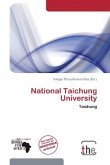Please note that the content of this book primarily consists of articles available from Wikipedia or other free sources online. Split ergativity is shown by languages that have a partly ergative behaviour, but employ another syntax or morphology usually accusative in some contexts. In fact, most of the so-called ergative languages are not pure but split-ergative. An example of split ergativity conditioned by tense and aspect is found in the Hindi-Urdu language, which has an ergative case on subjects in the perfective aspect for transitive verbs in the active voice, while in other aspects (habitual, progressive) subjects appear in the nominative case.


